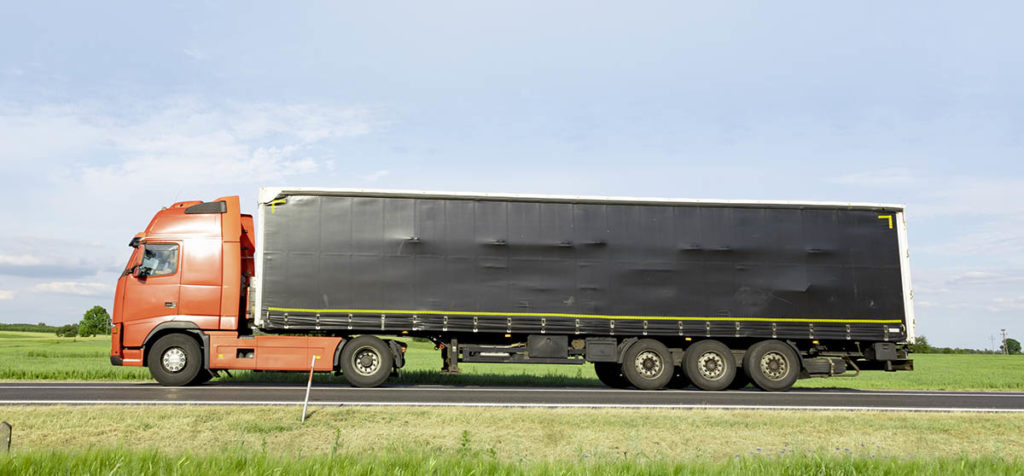By Frank Giles
One of the many ripple effects of the COVID-19 pandemic has been significant supply-chain disruptions that have impacted the global economy. Agriculture has not been immune to these delays in shipping and availability of key tools growers need to produce crops. At the same time, prices are going up nearly across the board on products and inputs due to many factors that have been worsened by the pandemic.
Tony DiMare, president of DiMare Fresh, said those impacts have been felt throughout his business. His farm is a major producer of tomatoes with several growing locations throughout Florida and the United States.

MORE DELAYS, HIGHER COSTS
“We have experienced a shortage and some items that are back-ordered,” DiMare said. “Irrigation parts and PVC for irrigation-related repairs are scarce. Tractor parts and truck parts have also been a problem to get. Some pesticides and fungicides have also recently become a problem securing and are unavailable until further notice. Rental equipment is hard to find in some cases.”
He adds those things that are available or are in short supply are costing more. Labor and transportation costs are way up.
“Almost every single input item has gone up, some significantly,” DiMare said. “Box costs have gone up as much as 30% since October 2020. Pallet costs doubled in price this past summer.
“Labor wages have doubled in some cases due to Florida’s minimum wage increase and the increasingly competitive market due to a shortage of workers and as a result of more reliance on the very costly H-2A guest worker program. Fertilizer costs are up significantly, fuel costs are up by more than $1.00/gallon from a year ago. And all the derivatives of oil-based products are up — things like chemicals, plastic mulch, etc. Transportation costs are higher by as much as two to three times, and that’s if you can find trucks for your needs. These are just a few examples of the inflation and challenges we are experiencing in our business.”
Ryan Atwood, a Central Florida blueberry grower is feeling these pressures on his family farm, too. “We have seen big delays on parts for repairing equipment,” he said. “Purchasing equipment is taking longer periods of time.
“In addition, we do an annual fertilizer bid for what we need for our crop. This bid is up by 70% to 100% over last year. We usually bid for an entire year, but the fertilizer companies are now saying the bids are only good for 20 to 30 days.”

CHALLENGES PERSIST
Tori Rumenik, commodity services and supply chain manager for the Florida Fruit & Vegetable Association (FFVA), tracks these issues and said unfortunately there wasn’t much improvement in the situation as 2021 transitioned to 2022.
“We’re still seeing shortages throughout the agricultural supply chain with no relief in sight,” Rumenik said. “Recently, I have heard a lot about shortages in the fertilizer sector and related cost increases that have growers concerned about sourcing what they need. I also heard about a produce box company that cannot expand its offerings like they planned because there is a shortage of resin to make the boxes. They were asking growers for preorders on boxes because they cannot guarantee any availability later this year. Across the board, supply-chain issues are still very much affecting our industry.”
She added the COVID-19 surge fueled by the omicron variant could have further repercussions on an already weakened supply chain. While the variant seems to be a milder form of the virus, its extremely contagious nature had a tremendous impact on the workforce. Businesses experienced slowdowns or halted operations temporality as employees became ill and were out of work as a result.
“Some previous estimates said that things might start looking more normal near the end of 2022, but with COVID-19 infections rising once again early in the year, we should proceed cautiously with how we define normal,” Rumenik said.
WHAT TO DO
So, living through the disruptions and rising costs of 2021 and now into 2022, what can growers do to mitigate the challenges? That’s a difficult task because they are at the mercy of the markets and supply chains. But Jeff Dorfman, a University of Georgia professor of agricultural and applied economics, has some thoughts.
“I think the key for growers right now is to know your production costs and really keep track of your pricing goals on a continual basis,” Dorfman said. “Prices are changing so fast that what was a profitable price last week might leave you losing money this week. Growers need a spreadsheet of input prices and amounts used on each crop that they can update as prices change. Then recalculate the prices they need to receive in order to stay in business.”
Rumenik said she has faith in specialty crop growers’ ingenuity and resourcefulness to work through this period. “Growers and shippers are working like they always have to keep food moving from the field to grocery stores and to foodservice. Agriculture companies recognize the need to order supplies earlier than normal and are building those longer lead times into their plans. They also are already seeing and planning for increased costs as a result of these issues.”
She added FFVA has been providing testimony to Florida lawmakers on potential items to aid specialty crop growers. “Some of those suggestions included incentivizing consumers to look for and buy Florida products to support our growers, making Florida a destination of choice for truck drivers, providing funds to help with driver school tuition, encouraging prioritization for transportation of agricultural inputs and products, and increasing drivers’ hours of service flexibility.”









